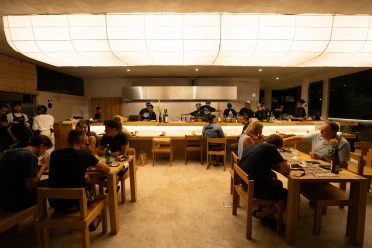Bali is entering a new era of tourism strategy as the Indonesian Ministry of Tourism introduces three priority pillars set to define the island’s future: gastronomy, wellness, and maritime travel. The initiative aims to evolve Bali’s reputation from a single-destination paradise into a multidimensional gateway for deeper cultural, culinary, and natural experiences across Indonesia.
The initiative aims to evolve Bali’s reputation from a single-destination paradise into a multidimensional gateway for deeper cultural, culinary, and natural experiences across Indonesia.
This shift signals a broader vision to diversify the nation’s tourism appeal and encourage travelers to explore beyond beaches and temples. By repositioning Bali as a launchpad to other islands and emphasizing immersive travel experiences, the Ministry is steering the archipelago toward a more integrated, high-value tourism model.
Gastronomy Tourism: Beyond the Plate
Culinary travel is poised to take center stage, highlighting Indonesia’s rich regional flavors and the cultural stories behind them. This is not just about tasting local dishes but about understanding their origins, ingredients, and the people who preserve these traditions. From heritage kitchens tucked in rural villages to contemporary dining experiences in coastal towns, gastronomy tourism offers a chance for travelers to connect with Indonesia’s identity through food.
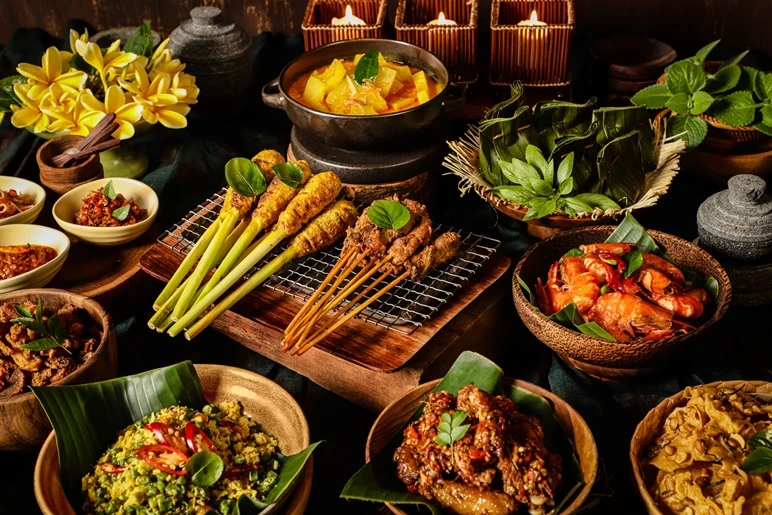
In North Bali, for example, local culinary movements are beginning to gain attention, blending traditional cooking techniques with modern sustainability values. The hope is to create a ripple effect across the island, inspiring more communities to develop authentic, story-driven culinary attractions.
Wellness Tourism: Bali’s Natural Advantage
Wellness has long been a quiet strength of Bali, yet the new strategy elevates it into a national focus. With global demand for health and mindfulness travel on the rise, Bali’s landscape of sacred water temples, forest sanctuaries, and luxury retreats is ideally positioned to lead this transformation.

The Ministry’s renewed attention to wellness experiences is expected to boost the island’s spa, yoga, and holistic healing sectors. More importantly, it promotes the idea of Indonesia as a destination for restoration and self-discovery rather than just recreation. Future travelers may find curated itineraries that combine cultural immersion with spiritual renewal, linking ancient rituals like Melukat cleansing ceremonies with modern wellness offerings.
Maritime Tourism: Expanding Horizons
The maritime pillar reflects Indonesia’s identity as the world’s largest archipelago. The plan is to refine marine tourism products, from diving and snorkeling to sailing and coastal ecotourism, offering visitors a complete sea-based experience. For Bali, this could mean more attention to its northern and eastern coasts, where pristine coral reefs and quiet fishing villages remain largely underexplored.
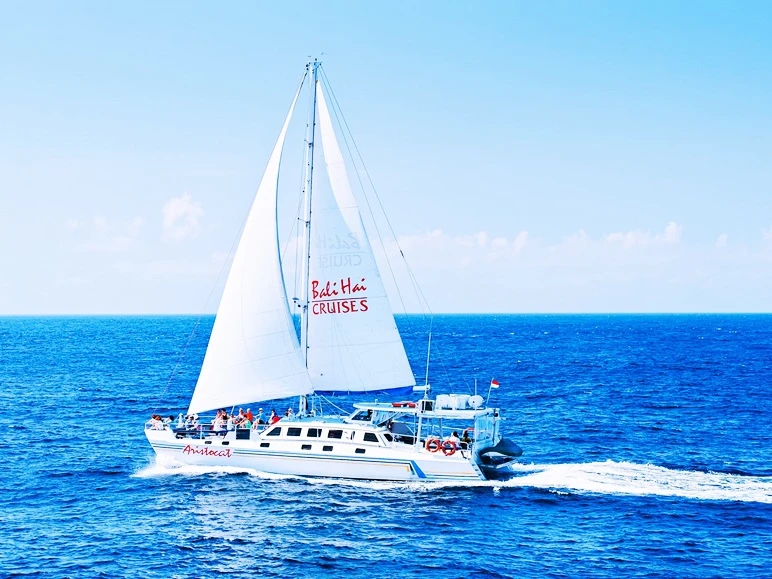
Beyond Bali, maritime itineraries will connect the island to destinations like Labuan Bajo, Lombok, and the Komodo Islands, positioning the region as a seamless network of ocean adventures. The integration of air connectivity across these destinations makes multi-stop travel increasingly practical and appealing.
The Bigger Picture: From Destination to Hub
At the heart of this strategy lies a significant ambition: transforming Bali into a travel hub that encourages exploration of Indonesia’s super-priority destinations such as Mandalika, Borobudur, Lake Toba, Likupang, and Labuan Bajo. The government’s ongoing collaborations with Wonderful Indonesia to launch thematic itineraries like “Bajo, Bali, Beyond Beautiful” and “Soulful Escape” reflect this vision in action.
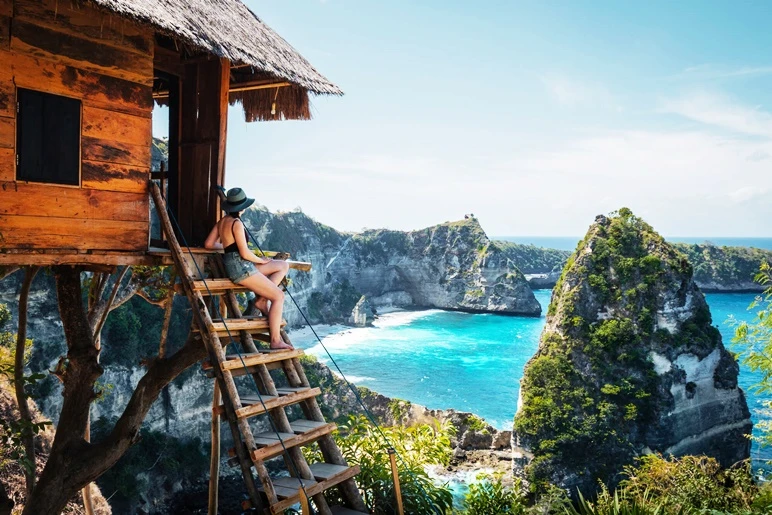
If successful, Bali’s evolution could redefine Indonesia’s tourism landscape, drawing higher-value visitors who stay longer, spend more, and engage deeper with local culture. Yet, this transformation also raises questions about sustainability, infrastructure readiness, and how smaller communities can benefit without losing their authenticity.



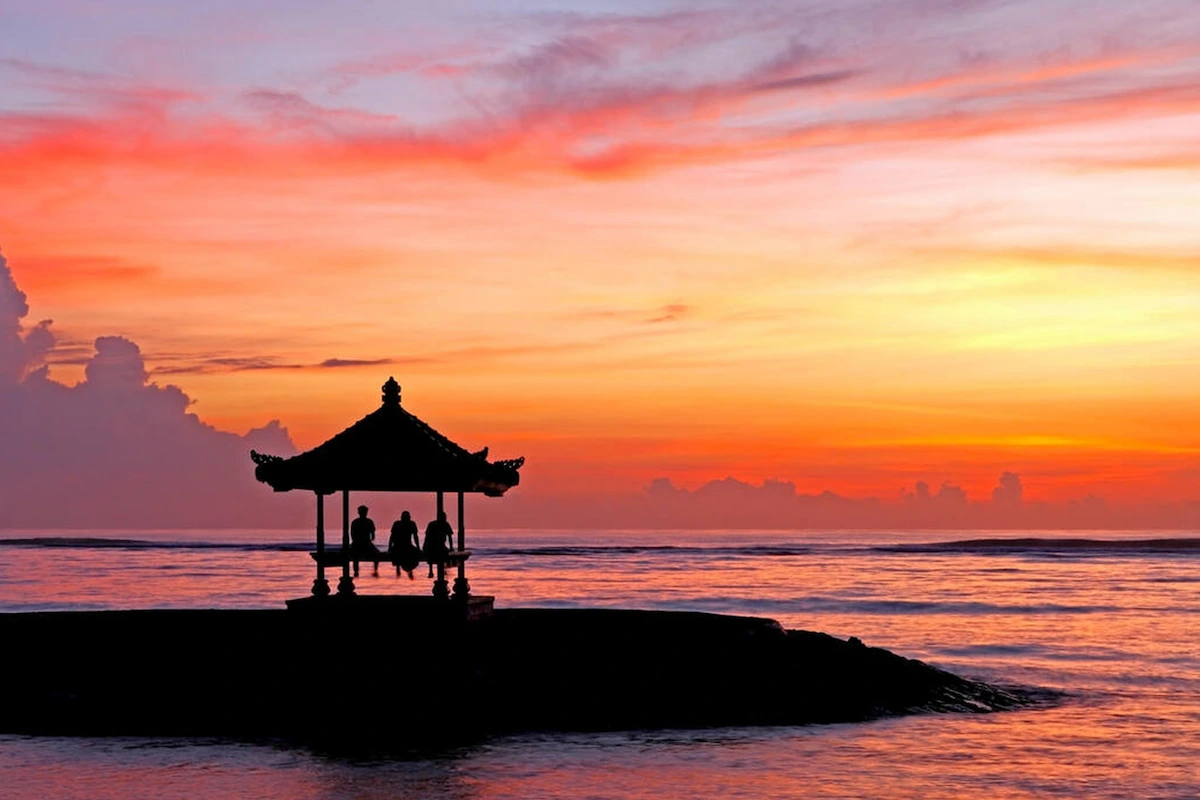
 Billy Bagus
Billy Bagus
 Oct 23, 2025
Oct 23, 2025






